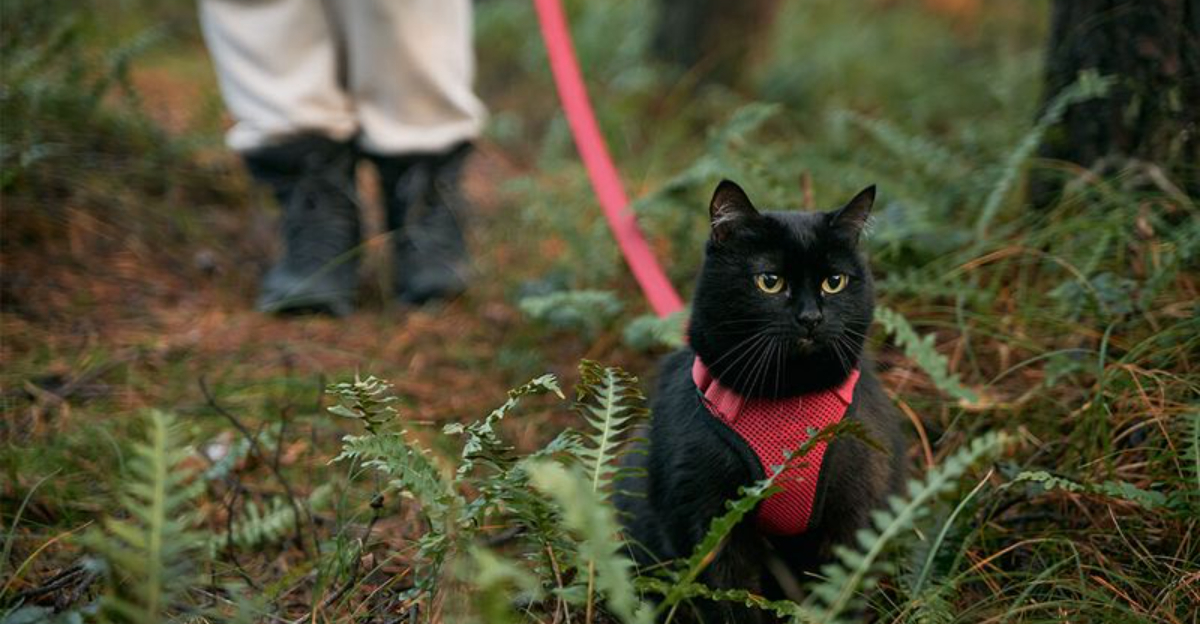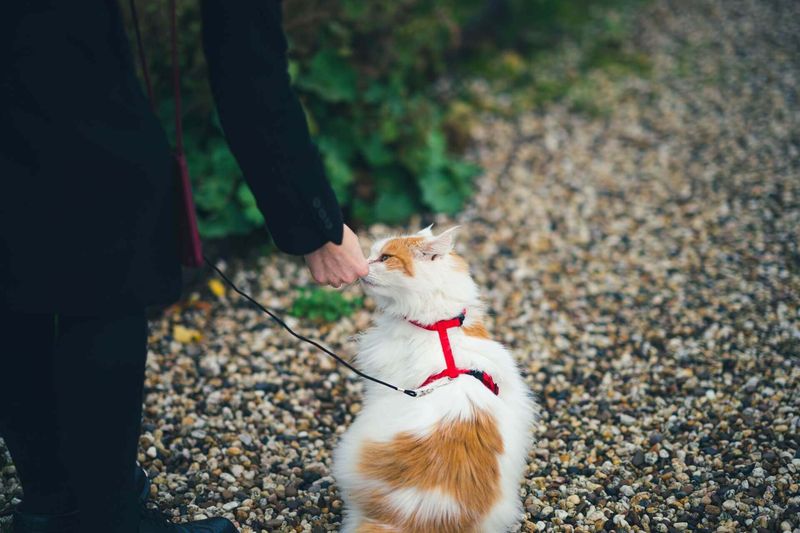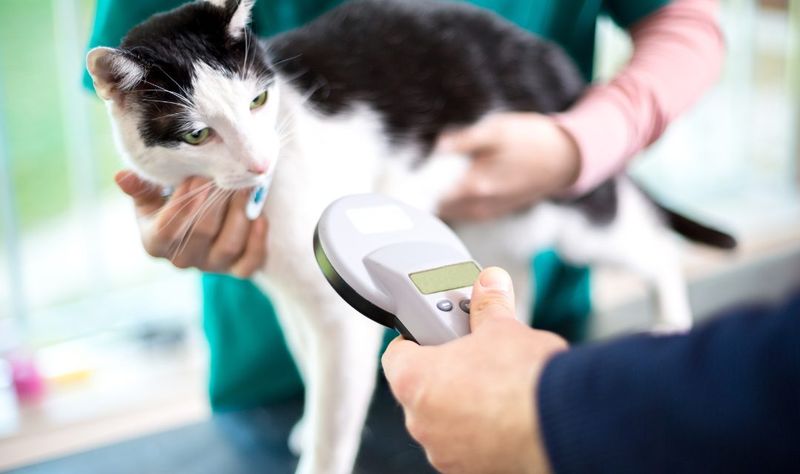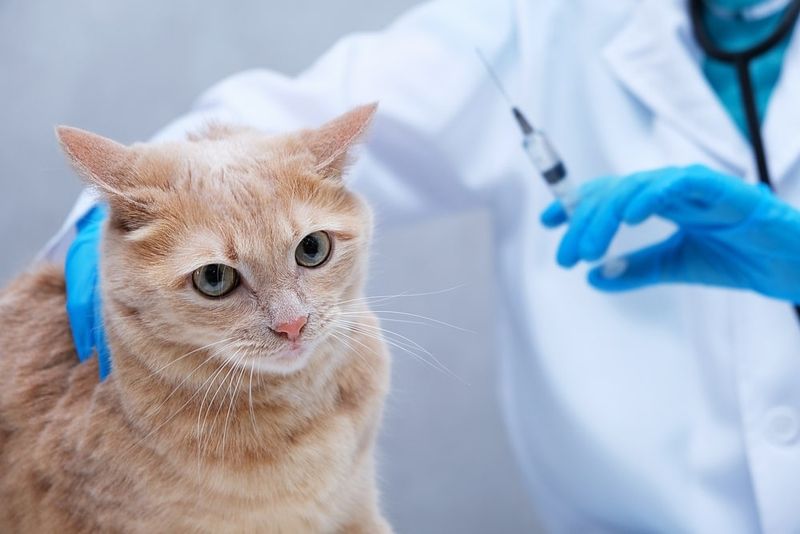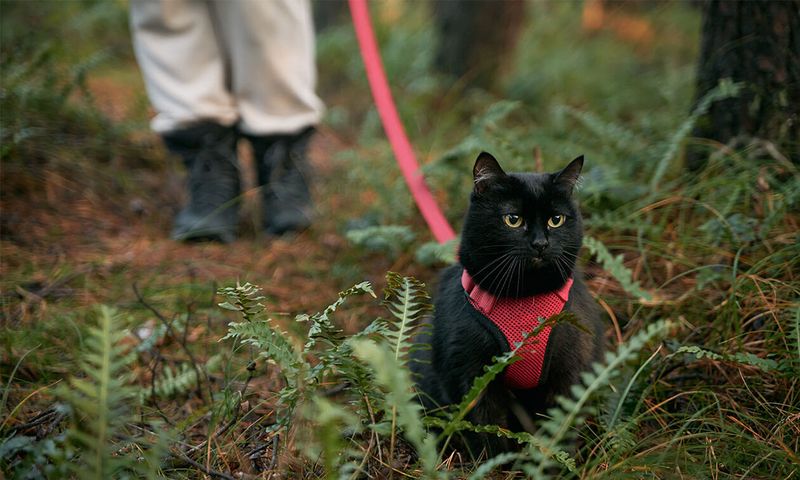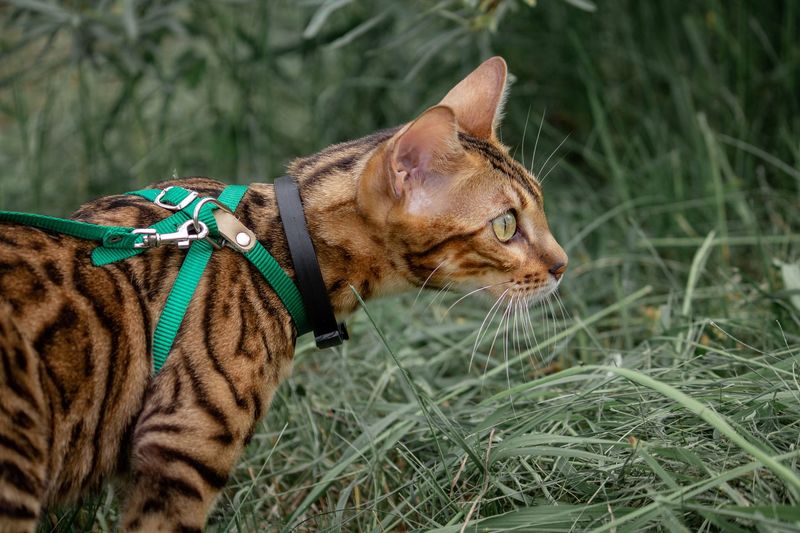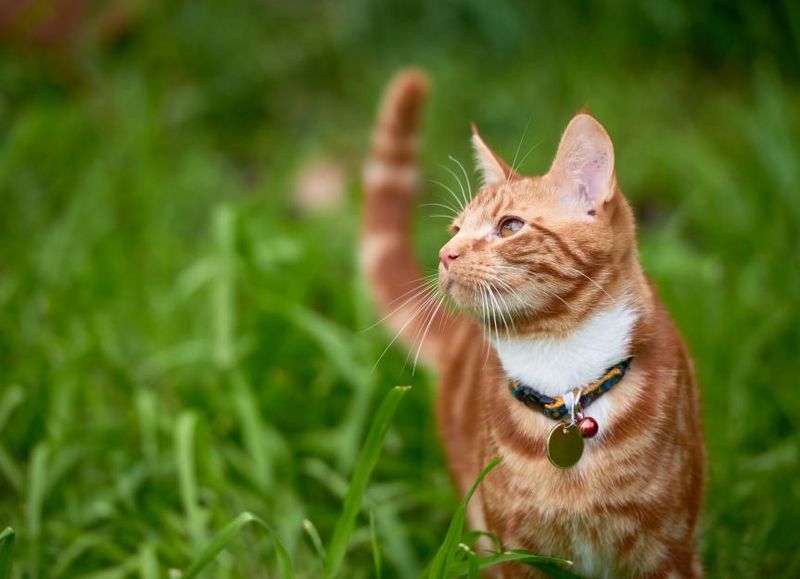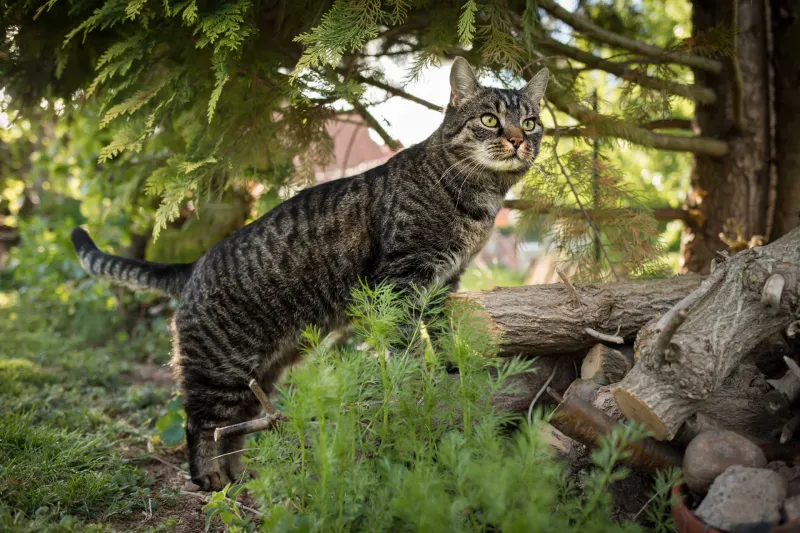📖 Table of Content:
For many cat parents, the idea of letting their beloved feline venture outside for the first time can be both exciting and anxiety-inducing. You want to give them the joy of exploring nature, feeling the grass beneath their paws, and basking in the sun—but you also want to make sure they’re safe. Outdoor life comes with a new set of risks, and preparation is key to making this experience positive for both of you.
Cats are naturally curious, and the outside world offers them a sensory playground unlike anything inside your home. However, the freedom of the outdoors can quickly turn dangerous without the right guidance and precautions. From getting lost to encountering other animals or traffic, your cat’s first trip outside should be managed with care and patience to build confidence slowly and safely.
Luckily, you don’t have to go in blind. With a little planning, a dash of training, and the right safety steps, your cat can enjoy the outdoors with minimal stress on your part. Below, we’ve compiled eight essential tips that will help ease your mind as you open the door to your cat’s next big adventure.
1. Start with a Harness and Leash
Beginning your cat’s outdoor journey with a harness and leash is one of the safest ways to ease them into this new experience. Unlike dogs, most cats aren’t naturally comfortable with leashes, so it’s important to introduce this setup indoors first. You’ll want to let your cat wear the harness around the house for a few days, rewarding them with treats and affection to build positive associations. Once they seem comfortable, attach the leash and let them lead the way in a safe, enclosed space. This gentle transition builds their confidence without overwhelming them. Walks outside should be short and calm, allowing your cat to dictate the pace. Over time, your cat may begin to associate the harness with fun, safe exploration.
2. Choose a Quiet, Controlled Time
Opting for a peaceful time of day can make a world of difference for your cat’s first outdoor excursion. Loud noises, traffic, or lots of foot traffic can easily spook an inexperienced outdoor cat, causing them to panic or bolt. Early mornings or early evenings tend to be quieter and more suitable for a calm introduction. By choosing the right time, you’ll reduce potential stressors and give your cat space to explore comfortably. Always observe how your cat reacts to external stimuli during these sessions. If they appear nervous, crouch low, or constantly look around, it’s best to shorten the outing. As confidence grows, you can gradually introduce more diverse environments.
3. Make Sure They’re Microchipped and Tagged
Ensuring your cat has both a microchip and a collar with an ID tag is non-negotiable before letting them explore outside. Accidents happen, and even the most prepared cat parents can face unexpected scenarios where their cat runs off. A microchip provides permanent identification, readable by shelters and vets, while a visible ID tag allows any friendly neighbor to quickly return your cat. Ideally, the tag should include your name, phone number, and a note that your cat is an indoor pet. This information increases the chances of a safe return if your cat becomes disoriented or lost. Keep in mind, collars should be breakaway-style to prevent choking hazards. Safety and visibility go hand in hand in this scenario.
4. Ensure Vaccinations and Flea/Tick Treatments Are Up to Date
Keeping your cat’s vaccines and parasite treatments current is essential when they begin spending time outdoors. Exposure to fleas, ticks, worms, and diseases like feline leukemia or rabies significantly increases with outside access. Regular vet checkups and up-to-date treatments form a protective shield around your cat’s health. Discuss with your veterinarian about any additional precautions based on your location and environment. Not only will this help your cat avoid suffering from preventable illnesses, but it will also ease your mind knowing you’ve done your part. Prevention is much easier and cheaper than treatment when it comes to health. Your vet can help create a seasonal plan for flea, tick, and deworming schedules.
5. Use Positive Reinforcement
Encouraging your cat with rewards every time they exhibit good behavior outside builds a sense of trust and cooperation. Whenever they stay nearby, return when called, or behave calmly, offer treats or loving pets to reinforce that behavior. Over time, these little moments of praise create strong habits and encourage your cat to stay close. This kind of training is especially helpful if you eventually want your cat to come when called. Unlike dogs, cats need consistent rewards to make associations between actions and outcomes. It doesn’t need to be fancy — a few pieces of kibble or their favorite treat can do wonders. Your goal is to make them feel that being near you leads to something positive.
6. Start with Short Sessions
Limiting the duration of early outings ensures your cat doesn’t get overwhelmed. Too much stimulation at once — new scents, sights, and sounds — can be exhausting or even frightening. Start with just 10 to 15 minutes, then gradually increase the time as your cat shows more confidence and curiosity. Carefully monitor their reactions, and be ready to end the session if they seem stressed. The goal isn’t to rush the process but to build familiarity at their pace. A slow and steady approach helps your cat learn where home is and feel secure in returning. These brief excursions create a foundation of trust and safety.
7. Supervise Initially
Watching over your cat during their first several outdoor visits is one of the simplest ways to prevent mishaps. Even in your own backyard, dangers can pop up unexpectedly — other animals, cars, and even toxic plants could pose threats. Your presence acts as both a guide and a security blanket for your cat. Sit nearby or walk with them to show you’re part of the experience. Be especially alert during the first few trips, so you can intervene if needed. As they become more confident, you can give them more space — but not before. Letting them know you’re watching builds their sense of safety.
8. Create a Safe Return Spot
Providing a familiar, welcoming entry point back into the house is essential for building routine. Many cats appreciate knowing exactly where to go when it’s time to come back inside. You can place a soft blanket, food bowl, or a favorite toy near the door or entry point. Over time, your cat will associate that space with comfort and safety. Shaking a treat container or calling their name consistently from that spot can reinforce the habit. If you plan on using a cat flap, train them with treats so they understand how to use it. Ultimately, making the return easy ensures they won’t hesitate to come back when the adventure’s done.
